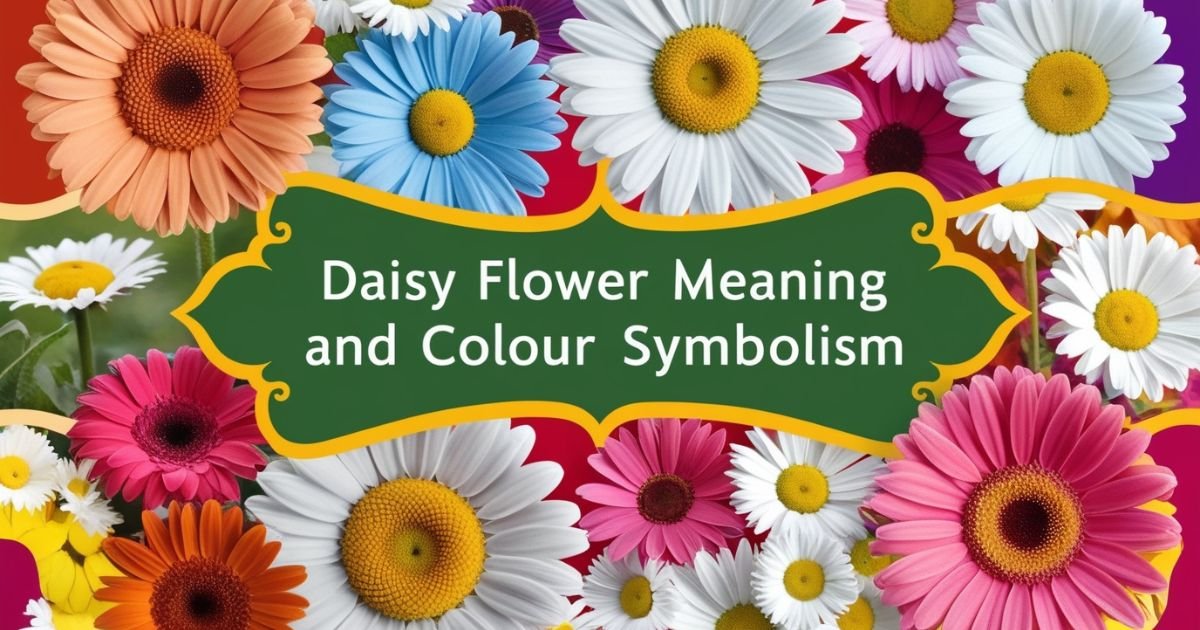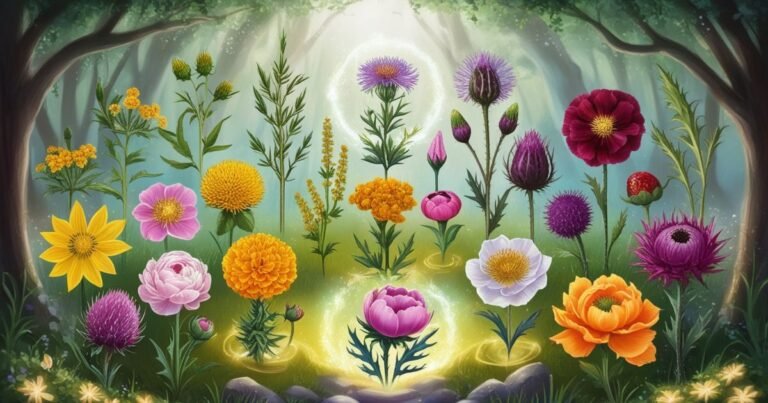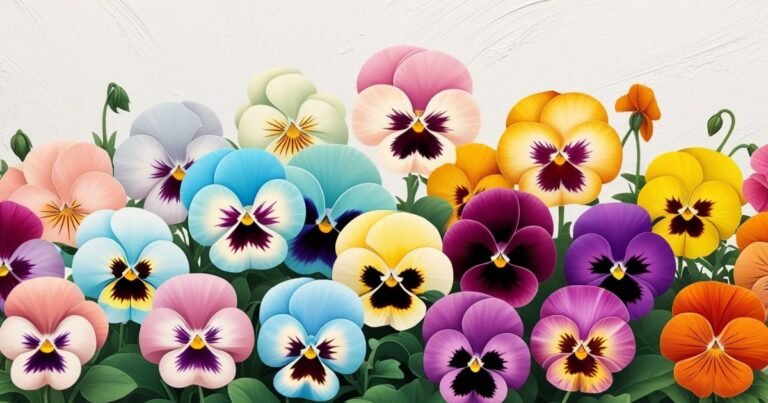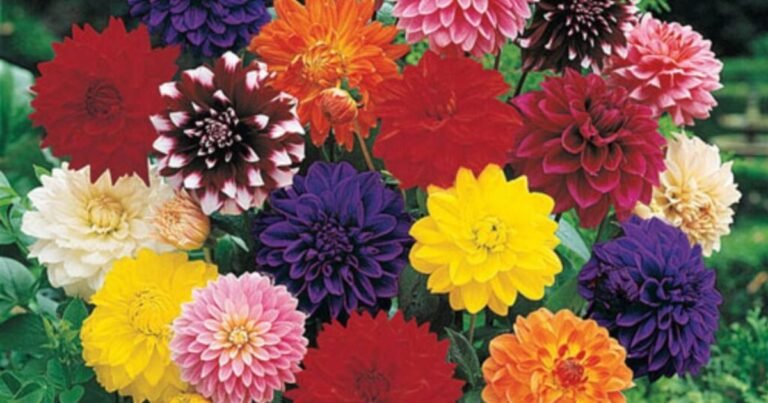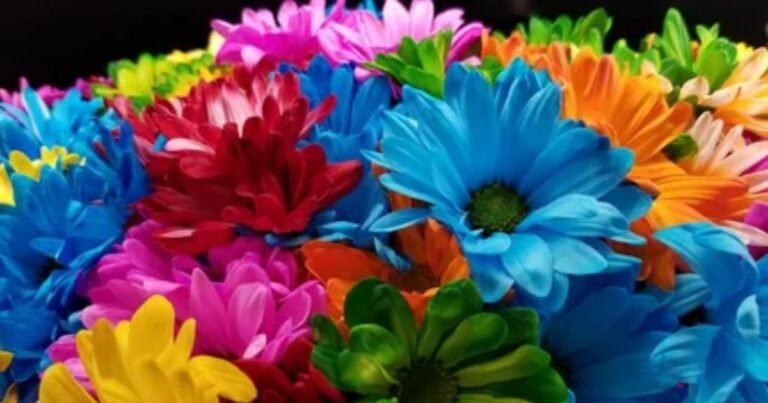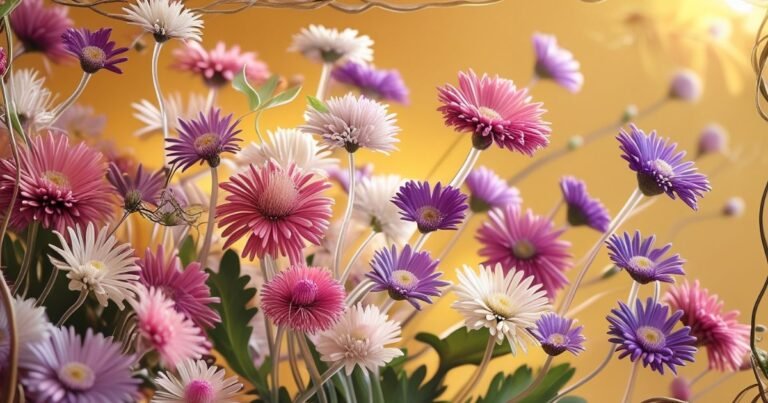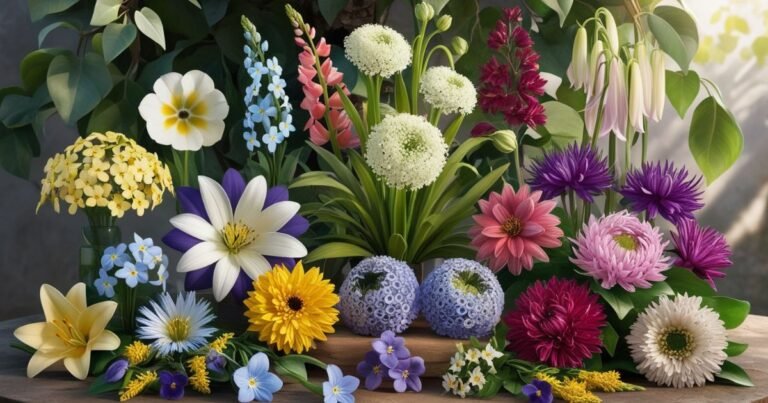Stunning Daisy Flower Meaning & Colour Symbolism
In a world where flowers often speak louder than words, the daisy stands out as a charming ambassador of innocence and purity. This perennial favorite has captivated hearts for centuries with its delicate petals unfurling like whispers.
But beyond its simple beauty lies a rich tapestry of meanings and color symbolism that can deepen our appreciation for these humble blooms. Whether adorning a meadow or nestled in a garden bouquet, daisies invite us to explore their significance across cultures and contexts.
As we delve into the enchanting realm of Daisy Flower Meaning, we uncover how each hue speaks volumes about emotions ranging from love to hope.
Daisy Flower Meanings
With its delicate petals and sunny disposition, the daisy flower embodies a profound simplicity that resonates deeply with themes of purity and innocence. Often associated with childhood joy and new beginnings, daisies remind us to embrace the present moment.
Their unassuming beauty encourages a sense of wonder, inviting a reflection on life’s fleeting moments. The white petals symbolize innocence and freshness, while the vibrant yellow center exudes warmth and cheerfulness perfect representations of optimism.
Some meanings of these beautiful flowers are given below.
- First Love
- Purity and Innocence
- New Beginnings
- Joy and Cheerfulness
- Childbirth
First Love
First love often blooms like a delicate daisy, embodying innocence and purity in its simplest form. Just as the daisy symbolizes new beginnings and the beauty of untainted emotions, first love opens the door to an enchanting world filled with butterflies in your stomach and unforgettable moments.
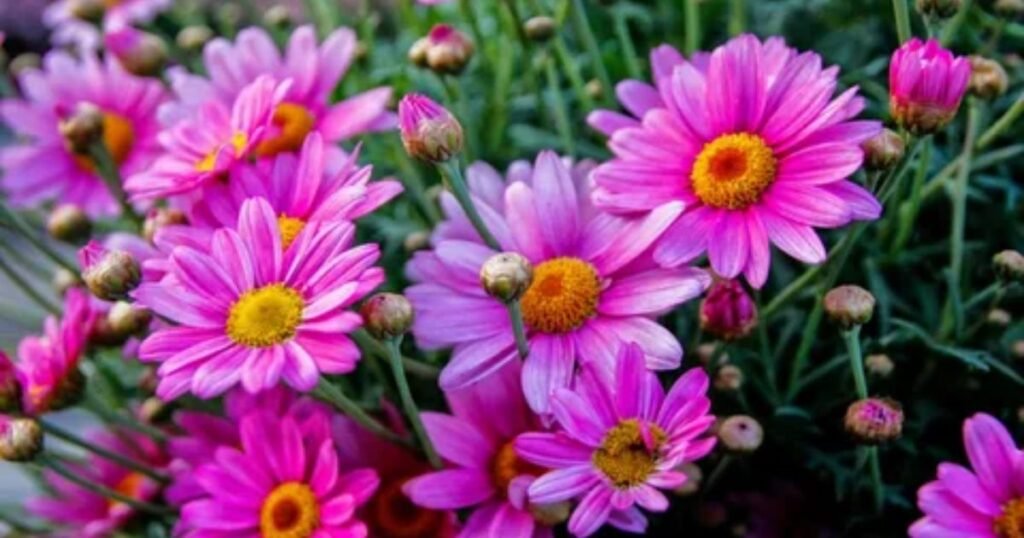
These feelings can be both exhilarating and terrifying. They challenge our understanding of affection, intimacy, and vulnerability. In this chapter of life, we learn to navigate the intricate dance between joy and heartache.
Purity and Innocence
Purity and innocence, much like the unfurling petals of a daisy, evoke an undiluted essence that resonates with the heart. The daisy flower’s meaning encapsulates this notion: it symbolizes new beginnings and untainted joy.
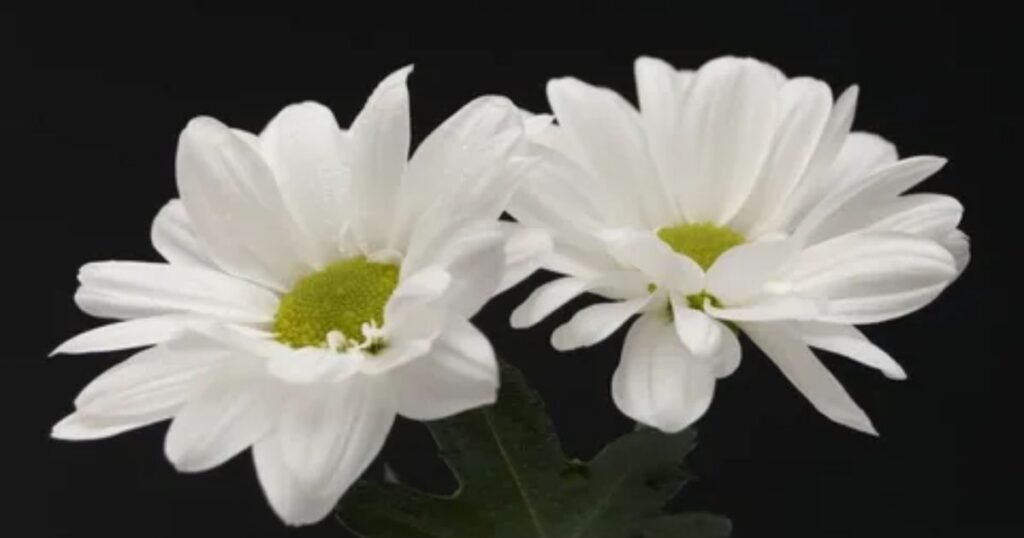
In a world overshadowed by complexities and chaos, embracing the simplicity of daisies can serve as a reminder to reconnect with our inner selves unblemished and hopeful.
New Beginnings
In moments of transition, it’s essential to remember that growth doesn’t come from comfort but rather from the willingness to explore the unknown.
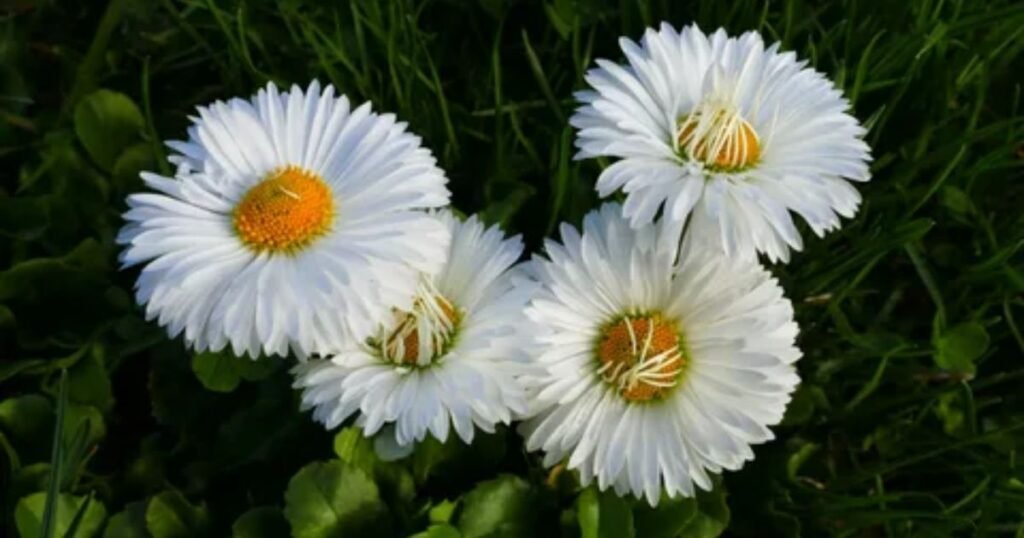
Daisies also stretch toward the sun after a refreshing rain, embracing change can invigorate our spirits and breathe life into stagnant routines. Each petal unfurling signifies shedding old layers of self-imposed limitations and uncharted territories with hope.
Joy and Cheerfulness
Joy and cheerfulness often spring from the simplest moments, much like the delicate beauty of a daisy, with its bright petals and sunny disposition, symbolizes purity and innocence that can easily evoke happiness.
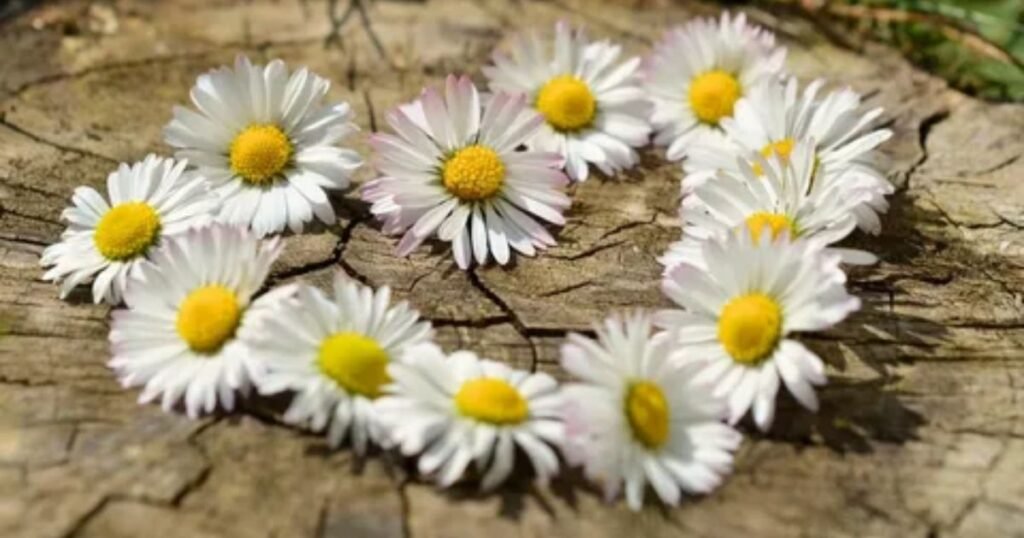
When we take a moment to appreciate the small wonders around us, such as a field of daisies swaying in the breeze, we tap into an intrinsic joy that often goes unnoticed amidst life’s chaos. This connection to nature encourages an appreciation for impermanence.
Childbirth
Childbirth is not just a physical event but an emotional tapestry woven with hope, anticipation, and profound transformation. Much like the delicate but resilient daisy flower, which symbolizes purity and new beginnings, the experience of bringing new life into the world embodies a unique journey.
The daisy’s ability to thrive in various environments echoes the adaptability mothers develop during pregnancy and labor. Each petal unfurling from its bud signifies a step closer to unveiling this beautiful new chapter.
Daisies in Mythology
In various mythologies, daisies have symbolized purity and innocence and are often woven into tales of love and transformation. Some are given below.
- Roman Mythology
- Norse Mythology
- Celtic Mythology
- Christianity
- Old English
Roman Mythology
In Roman mythology, the intertwined narratives of gods and mortals often highlight themes of transformation and rebirth.
This is beautifully illustrated through the story of Venus, the goddess of love, who is captivated by her beauty but also through her connection to nature’s cycles.
The daisy flower of innocence and new beginnings resonates deeply with Venus’s essence. Its unassuming white petals embody purity while its bright yellow center signifies joy.
Such a flower would flourish in meadows where stories of divine romance unfolded, echoing the allure between deities and humans.
Norse Mythology
Norse mythology, a rich tapestry of gods, giants, and mythical creatures, invites us to explore the complexities of existence through a unique lens.
At its core lies the interplay between chaos and order, encapsulated in tales of deities such as Odin and Thor who navigate the challenges posed by formidable giants and otherworldly foes.
Unlike many mythologies a clear-cut good versus evil dichotomy, Norse stories celebrate moral ambiguity, emphasizing personal growth through trials and tribulations rather than simple heroism.
Celtic Mythology
Celtic mythology is a tapestry woven from the intricate threads of nature, spirituality, and rich storytelling that deeply connects the Celts to their environment.
Beyond its humble appearance, the daisy symbolizes purity and innocence often associated with the divine feminine rebirth a potent reminder of life’s cyclical nature.
Christianity
Christianity, often seen through the lens of dogma and tradition, can also be explored for its rich tapestry of symbolism and nature’s role within it. Take, for instance, the daisy flower a humble yet profound bloom that embodies purity and innocence.
Just as daisies spring forth with a simple beauty, Christianity teaches that profound truths often lie in simplicity.
Old English
Old English, or Anglo-Saxon, is more than just an ancient language; it’s a window into the soul of early medieval Britain. Imagine walking through a lush countryside dotted with daisy flowers, their bright petals symbolizing purity and innocence.
The Old English word for daisy, “dægesege,” could be seen as an embodiment of this connection to nature.
Daisy Symbolism by Colors
The daisy flower’s meaning is often intertwined with the symbolism of its vibrant colors, each hue whispering its unique story. Some colors are discussed below.
- White Daisy Flower
- Yellow Daisy Flower
- Pink Daisy Flower
- Orange Daisy Flower
- Purple Daisy Flower
- Blue Daisy Flower
- Red Daisy Flower
White Daisy Flower Meaning
The white daisy, often overlooked in bouquets and gardens, embodies a world of meaning beyond its simple beauty. Traditionally associated with innocence and purity, the daisy flower represents fresh beginnings and untainted love.
This symbolism is deeply rooted in folklore, where the flower’s delicate petals are said to cradle the hopes and dreams of those who dare to dream anew.
Yellow Daisy Flower
The yellow daisy flower, often overlooked in favor of its more flamboyant cousins, offers a burst of sunny optimism that resonates deeply with those who pause to appreciate its simple elegance.
In many cultures, the yellow daisy is a herald of positivity a reminder to embrace life’s fleeting moments and cherish connections with those around us. The medicinal properties attributed to the yellow daisy add another layer to its appeal. Historically it is in herbal remedies for Skin Diseases.
Pink Daisy Flower Meaning
The pink daisy, often perceived as a symbol of innocence and purity, carries deeper meanings beyond its charming petals. This delicate bloom is frequently associated with themes of love and affection, making it an ideal choice for expressing fondness in friendships and romantic relationships.
Orange Daisy Flower
With its vibrant and cheerful hue, It is more than just a feast for the eyes; it carries a profound symbolism rooted in joy and enthusiasm. Often associated with creativity and warmth, these flowers can serve as a reminder to embrace life’s colorful moments.
Each petal beckons us to celebrate our individuality and express ourselves boldly, making the orange daisy an inspiring choice for floral arrangements to uplift spirits.
Purple Daisy Flower
The purple daisy flower is a captivating symbol that intertwines beauty with deeper meanings, making it a favorite among florists and nature enthusiasts. Often associated with innocence and purity as its counterpart in white, the purple variant brings forth an intriguing twist: a sense of creativity and unique individuality.
Blue Daisy Flower
Embracing the meaning behind blue daisies can offer profound insights into personal growth. They invite us to reflect on our emotional state. Each petal reminds us to seek inner peace amidst external turbulence.
To serve as a stunning aesthetic accent in gardens or floral arrangements, these flowers can symbolize hope and clarity during confusing times.
Red Daisy Flower
The red daisy flower transcends its simplicity, captivating anyone fortunate to encounter it. Unlike its more common white counterparts, the striking red daisy represents a passionate divergence in the traditional symbolism of daisies, often associated with purity and innocence.
Instead, this fiery hue evokes feelings of love and admiration, making it an unexpected yet profound gift for someone special.
The Wisdom of the Daisy
The daisy flower’s meaning transcends its simplicity, embodying purity, innocence, and true love with each delicate petal. In a world clouded by complexity and chaos, daisies remind us of the beauty found in authenticity. They whisper secrets of resilience; their ability to thrive in various climates teaches us that flexibility is key to enduring life’s storms.
The simple act of plucking a daisy’s petals, cycling through the phrases “(s)he loves me” and “(s)he loves me not,” transcends mere childhood whimsy, weaving a thread of sentimentality that taps into our deepest romantic curiosities.
Each petal carries the weight of our hopes, dreams, and uncertainties, with every pull acting as a revelation and an affirmation.
Daisy Fun Facts
The daisy flower embodies a rich tapestry of meanings that resonate across cultures, often symbolizing purity, innocence, and new beginnings. But did you know that the daisy’s name is derived from its unique characteristics?
The term daisy comes from the Old English daes eage, meaning day’s eye. This delightful moniker refers to how the flower opens with the first light of dawn and closes at dusk, serving as nature’s gentle reminder of time’s passage.
Additionally, daisies are charming. They play an essential role in their ecosystems. These resilient blooms attract a diverse array of pollinators like bees and butterflies, making them vital participants in maintaining floral biodiversity.
Conclusion
It is a rich tapestry of meanings that resonate with purity, innocence, and new beginnings. Its vibrant petals and simple beauty remind us of the joys found in nature and the importance of cherishing life’s small moments.
Whether given as a token of love or planted in a garden to symbolize hope, daisies carry a significance that transcends mere aesthetics. So next time you see a daisy, take a moment to appreciate its deeper significance and share that beauty with someone special.
FAQs
How Do Daisies Differ From Other Flowers In Their Symbolism?
Daisies stand out from other flowers in their symbolism primarily due to their associations with purity, innocence, and new beginnings. Unlike more romantic flowers like roses, which often symbolize love and passion, daisies evoke a sense of simplicity and cheerfulness.
What Is The Best Way To Present Daisies And Convey Their Meaning Effectively?
To present daisies effectively, you’d start by choosing a simple yet elegant arrangement that highlights their natural beauty. Placing them in a clear glass vase allows their vibrant colors to shine while a rustic or vintage container can add a personal touch.
How Do I Care For Daisy Plants At Home?
Caring for daisy plants at home is quite straightforward. Ensure they receive plenty of sunlight, ideally around 6 hours a day, as this promotes healthy growth and vibrant blooms. Water them regularly but avoid overwatering; the soil should be well-drained to prevent root rot.

